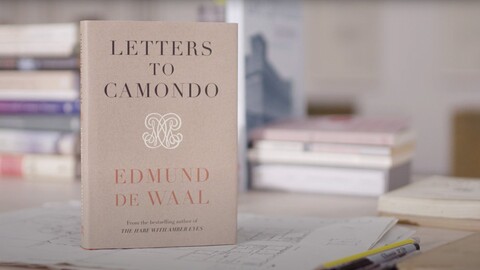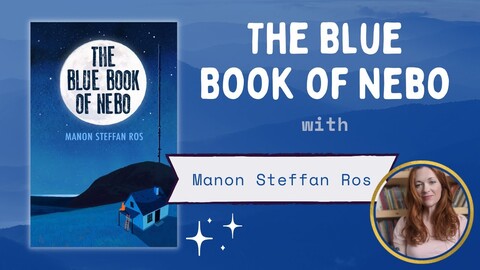There are authors whose new books you want to buy as soon as they are published. For me, Natasha Pulley is one, yet I waited on The Mars House. Hard science fiction is not really a genre I follow, and this one was billed as a queer romance set on Mars. Yes, but it has woolly mammoths! and a goofy dog! and a principal male ballet dancer for the central character! This past week, I finally read a library copy—and bought my own at a local bookstore. Definitely on the reread list.
Picturing a World
Hot Dog
Here at the end of summer, perhaps one last run to the beach? For sure, a joyous book for us childless DOG ladies—Doug Salati's Hot Dog! I borrowed it from the library, read it, and went out to buy my own copy (from a local independent bookstore, naturally). I've walked dogs in the city; taken them on country outings; known their stubborn moments, their devotion, and their joy. Salati's 2023 Caldecott award-winning book lets me relive vicariously the sweetness of life with a dog. That's one of the pleasures of children's picture books: they let you experience moments of delight over and over and over.
Back Through the Flaming Door.
Liz Williams' Fallow Sisters novels were my 2023 summer treat. When I learned that Bee Fallows is the main character in a short story in Williams' new collection, Back through the Flaming Door, my reaction? Gotta have it! I ordered it through Bookshop.org. The book arrived. Naturally, Bee's story, "Saint Cold," was the first I read. Now I've gone back to the beginning and am reading the rest in order, one every day or so. Besides introducing me to the range of Williams' imaginary worlds, they have made me think about a story technique.
Time and Lifelode
Having just finished The Order of Time by Carlo Rovelli, I've gone back to reread the book to try to understand it point by point—that is, to work through my own confusions and queries. One way, of course, is to go slow and ponder. Another is to call in speculative fiction—to read stories that flesh out concepts that are quantified by physics and mathematics. Exhibit 1: Lifelode by Jo Walton.
Picturing a nightmare
An article, "This is a wake-up call': Booker winner Paul Lynch on his novel about a fascist Ireland, prompts me to write briefly about Lynch's deeply immersive novel, Prophet Song. What I have chosen for today's illustration, however, is The Great War, a wordless panorama by Joe Sacco. Why? Because, given the threats that loom over us today, I've been musing lately on how art can best capture the lived human experience of the nightmares we inflict on each other and ourselves.
Murder Most Royal
Two titles on a bookstore's web page for 2023 Christmas murder mysteries sent me to the public library. I had read S. J. Bennett's Windsor Knot, the first in her series about Queen Elizabeth II as a detective and enjoyed it enough to borrow Murder Most Royal as light Christmastime reading. My conclusion: not enough Corgis, but thumbs up to a mildly amusing visit to Sandringham for the holidays. For an interview with the author, click here.
Ghost stories
Blog post alert: Kathleen Jennings has a long, amusing, and excellent post on Some elements of ghost stories. Instead of piggy-backing too much on Jennings, however, I chose a picture form John Muth's Zen Ghosts (which includes a Japanese ghost story) because I love both the story and the art.
Liz Williams
A review by Kate Macdonald sent me to my interlibrary loan catalogue and, sure enough, I could borrow Comet Weather by Liz Williams. So I did. I loved it and went back to search for its sequel, Blackthorn Winter. No go. I'd have to buy it. Hmm. There were two more titles in the Fallow Sisters series— I took a chance and bought all four. Am I ever glad!
Letters to Camando

Letters to Camondo by Edmund de Waal, the July selection for my public library's book club, is a book about archives and memory, memorials and loss. I read it a first time with interest. A second reading to formulate discussion questions (see below) deepened my interest to admiration, sorrow, and gratitude.
Blue Book of Nebo

I have just completed a set of discussion questions for my public library's April book club selection, The Blue Book of Nebo by Manon Steffan Ros (see below). I read it in a library copy, then bought my own to reread—along with The Seasoning, which I'm reading now with great satisfaction. To catch how you should hear her stories, listen to her reading aloud the opening of Nebo.







